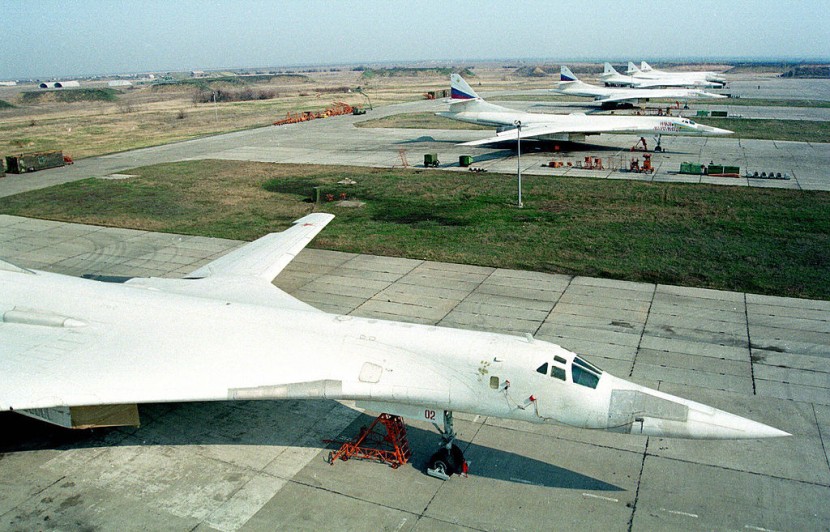
Russia's deployment of the Kh-101 missile in Ukraine has added radio flares to perplex radar detecting it. Ukraine was subjected to a missile barrage last February 10 using air-launched cruise missiles (ALCMS), as claimed by Kyiv, noted Defense Express.
Russia Attacks Using Radio Flares
The new batch of cruise missiles was made early in 2023 with modifications added to its lethality. Ukraine's military revealed what they found inside the chassis of the missile.
A prior report by the EurAsian Times stated an entire chassis of the ALCM that was downed in Ukraine's central Vinnytsia region on January 26. These new techs shed light on weapons used by the Russian forces.
The latest cruise missile was developed in the 1980s to update the Kh-55. Its update on the Soviet-era missile is less detectable on the radar. It first flew in 1998, and its first images were seen in 2007. It shares characteristics with US AGM-158 JASSM air-launched cruise missiles but has a more extended standoff range. It has a combat radius of 3,000 kilometers, per Military Today.
VKS has its modern Tu-160M and Tu-95MSM strategic bombers equipped with the ALCM as armament and armed with a conventional warhead of about 400-450 kilograms with several kinds, even a submunitions type. The most dangerous is the Kh-102, with a 20-kiloton thermonuclear warhead, a primary nuclear weapon of the Russian Aerospace Force (VKS), citing Missile Threat.
Based on the missile chassis, which has a circular window and the Otblesk-U guidance system as its image sensor. A Ukrainian official mentioned that it has three fixed lenses seeing at several angles compared to the older swivel lens.
Changes in cruise missiles BAGET-62-04 type electronic computing machine led to claims by Ukraine that Moscow needed a component made abroad.
Its guidance system is like those used in digital US cruise missiles, with an internal database of terrain guiding it to the targets. All systems work together to utilize data concerning the shape of the terrain and its altitude of it. The Russian ALCM has all the modern complexes installed in it.
Another allegation is that Moscow has been getting supplies from another chip maker. Noticing differences in the processor size from older models.
Air-Launched Cruise Missile New Model
One feature of the wrecked missile chassis was 12 round holes with a side-by-side row of six. Speculation is the holes release countermeasures similar to radar-blocking chaff, which scrambles radar waves. Along with stealth and radar blocking, these jammers increase the survival of the missile.
Sources say the wreckage is like the American BQM-167 Skeeter used in the 2003 US invasion of Iraq. Iraqi radars were confused by the countermeasure used by the Americans.
While in flight, the missile will dispense the radar jammers based on its program. Another is selective release while in flight while tracking its targets. These holes were connected to firing the radio flare to mislead radar or radar-guided weapons.
The Kh-101 missile is Russia's trump card to hit Ukrainian targets successfully and neuter radar defense against ALCMS attacks.
© 2026 HNGN, All rights reserved. Do not reproduce without permission.








